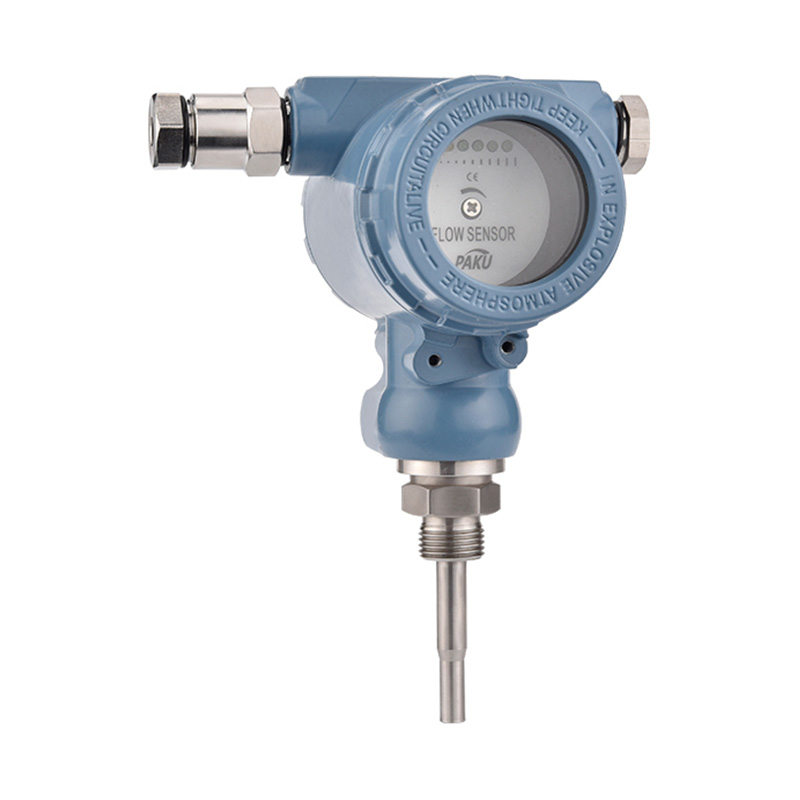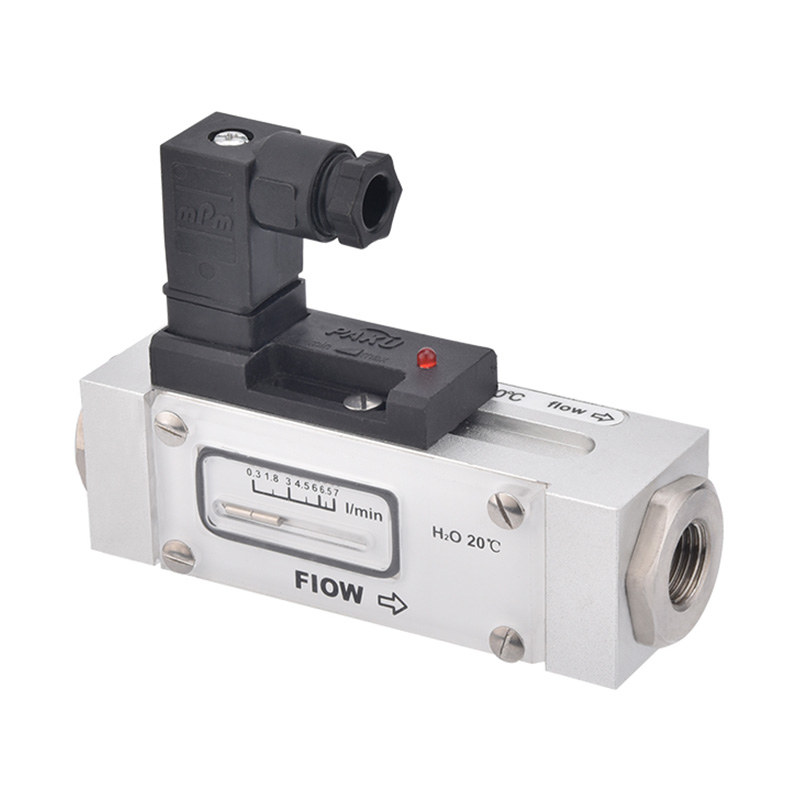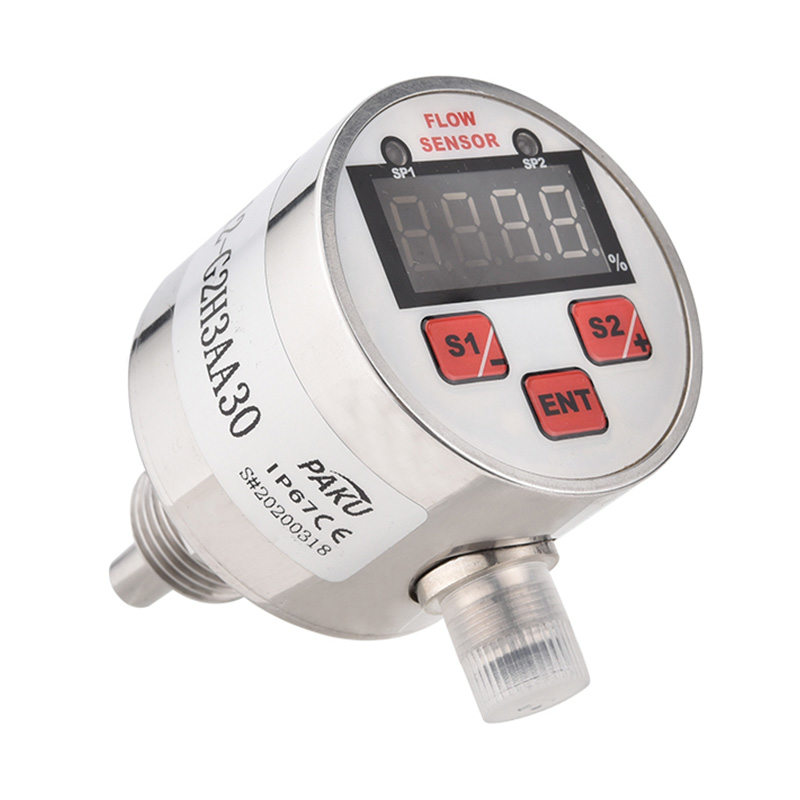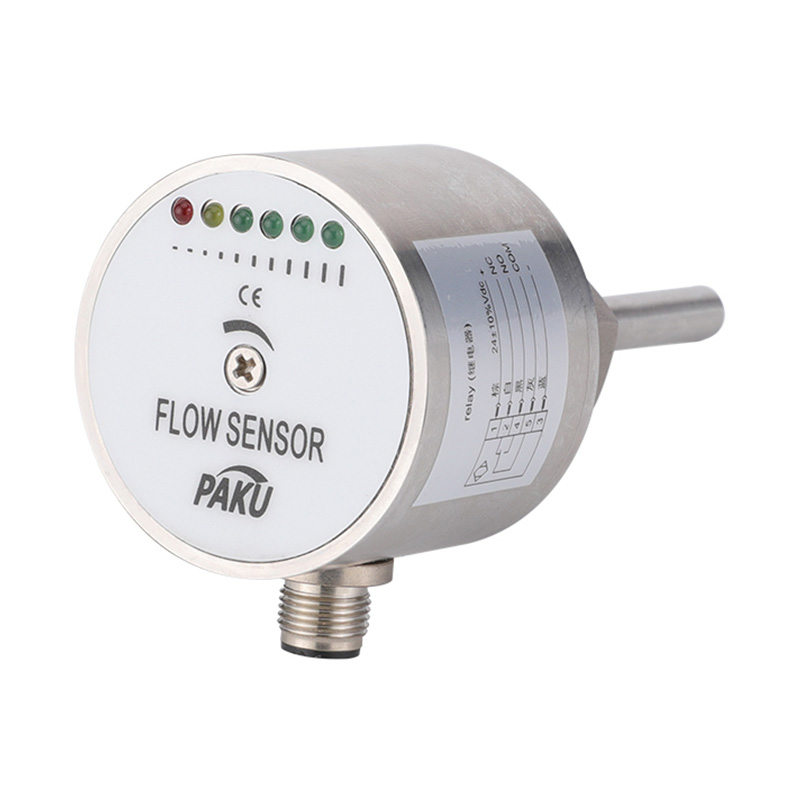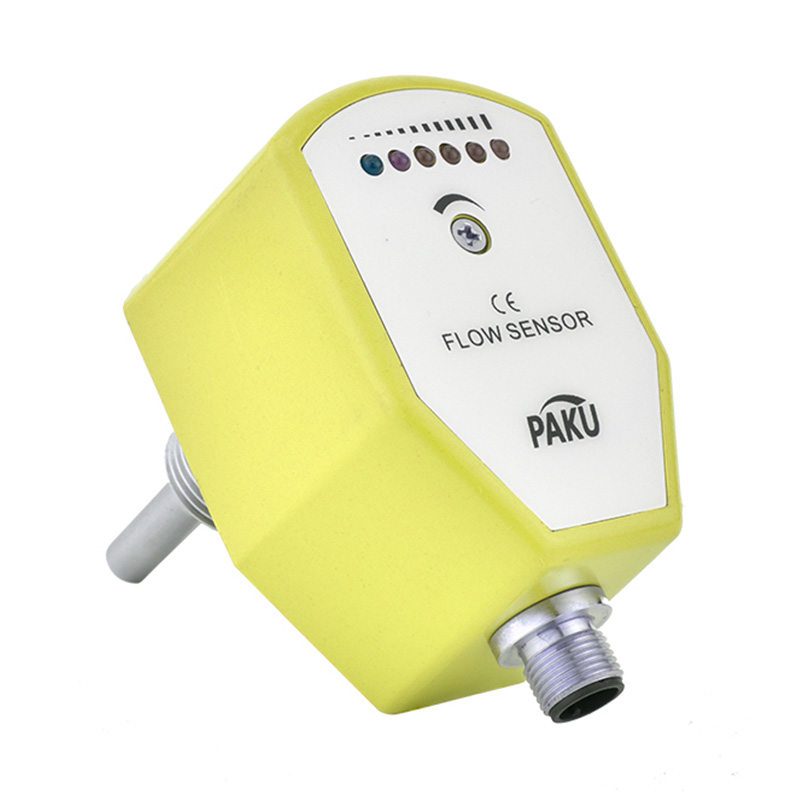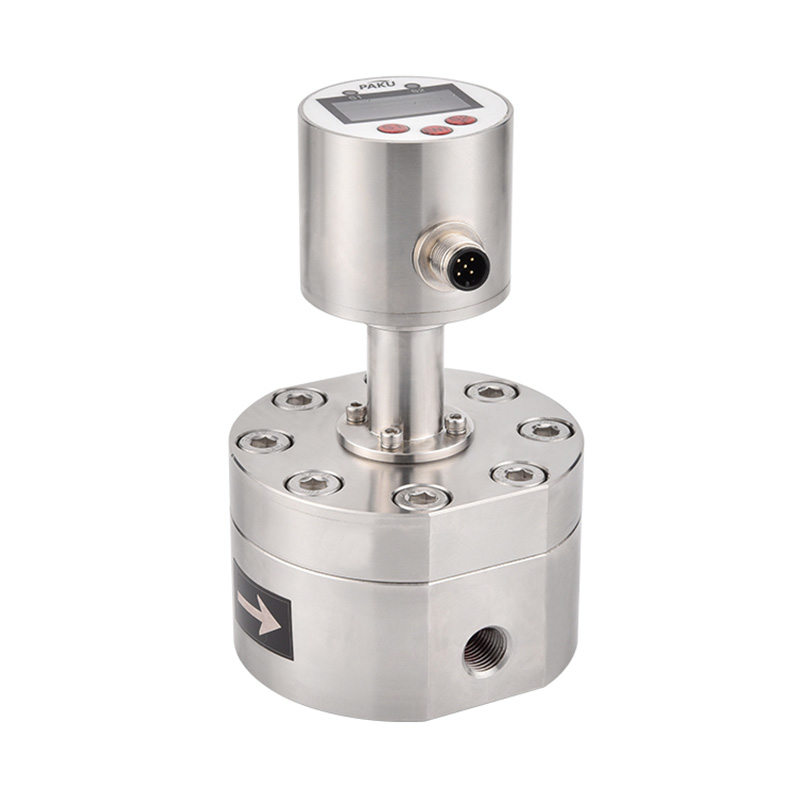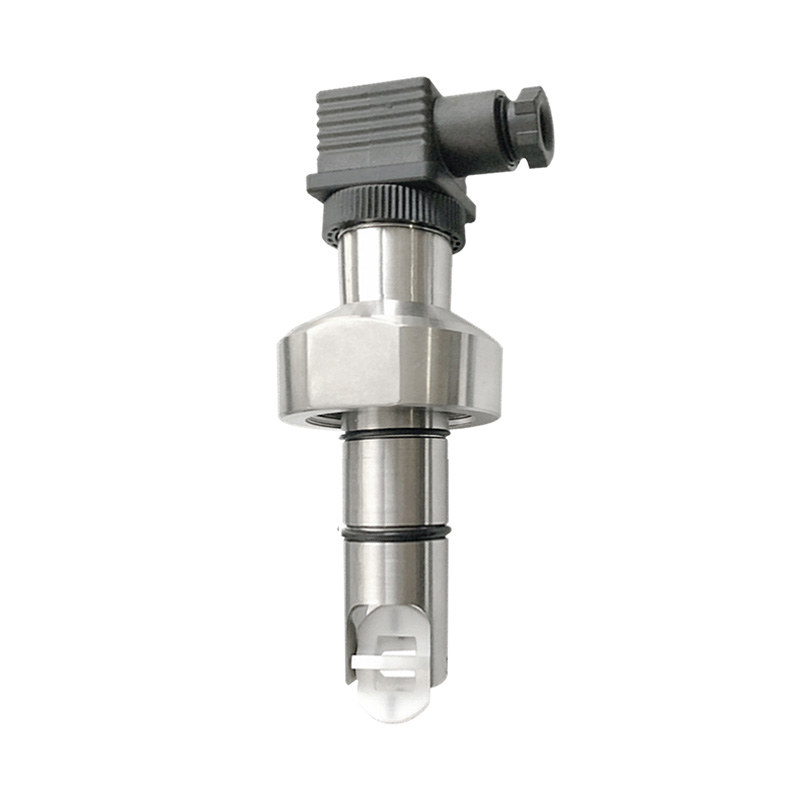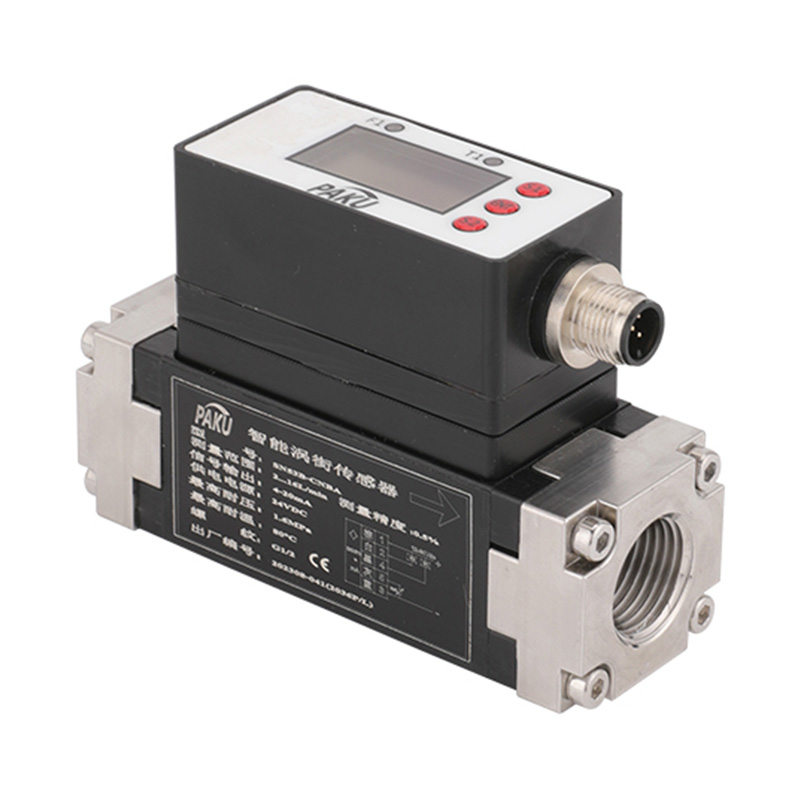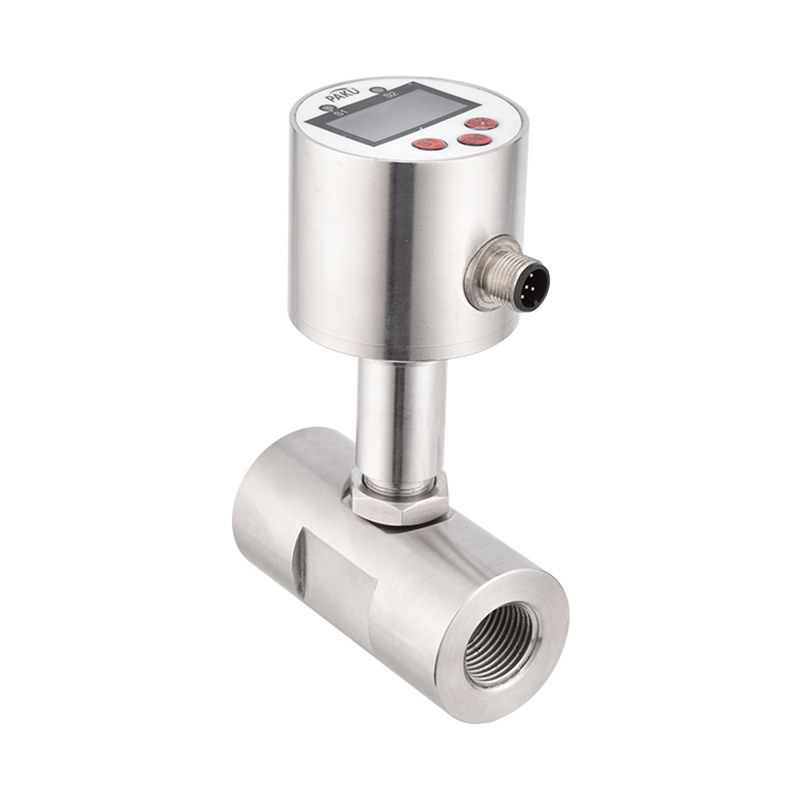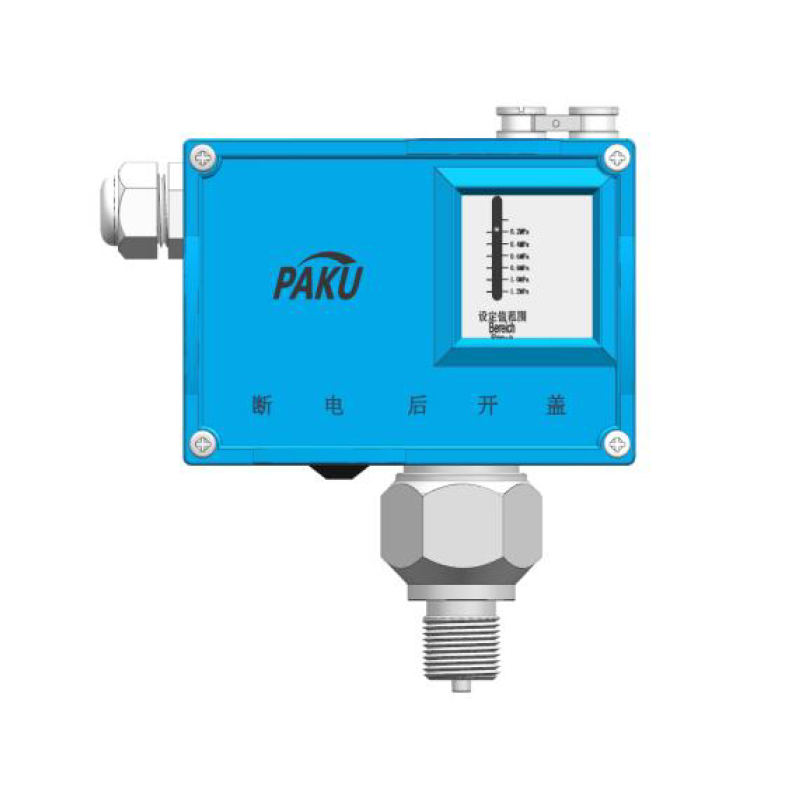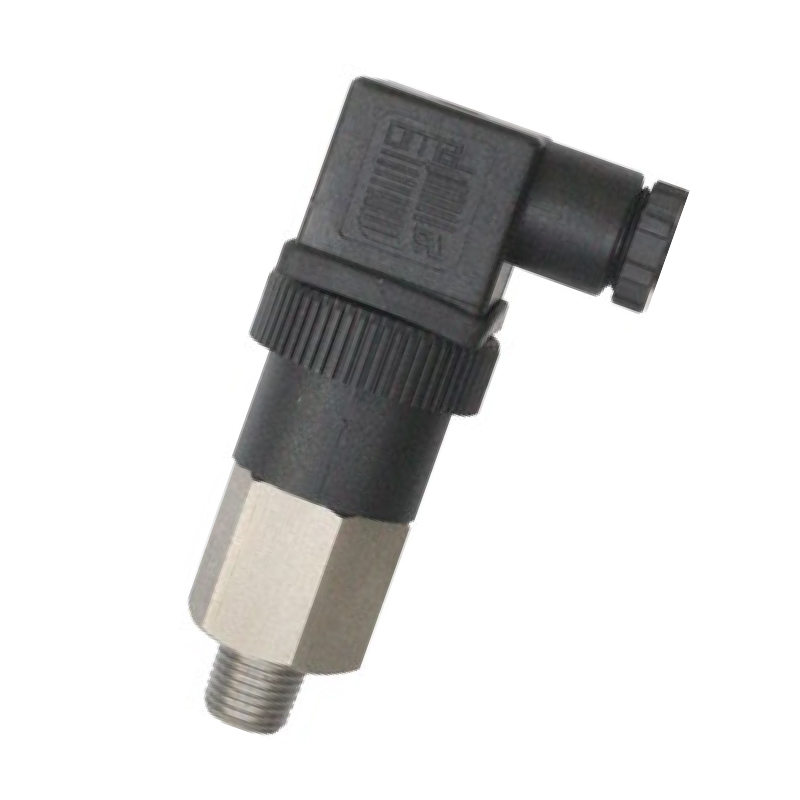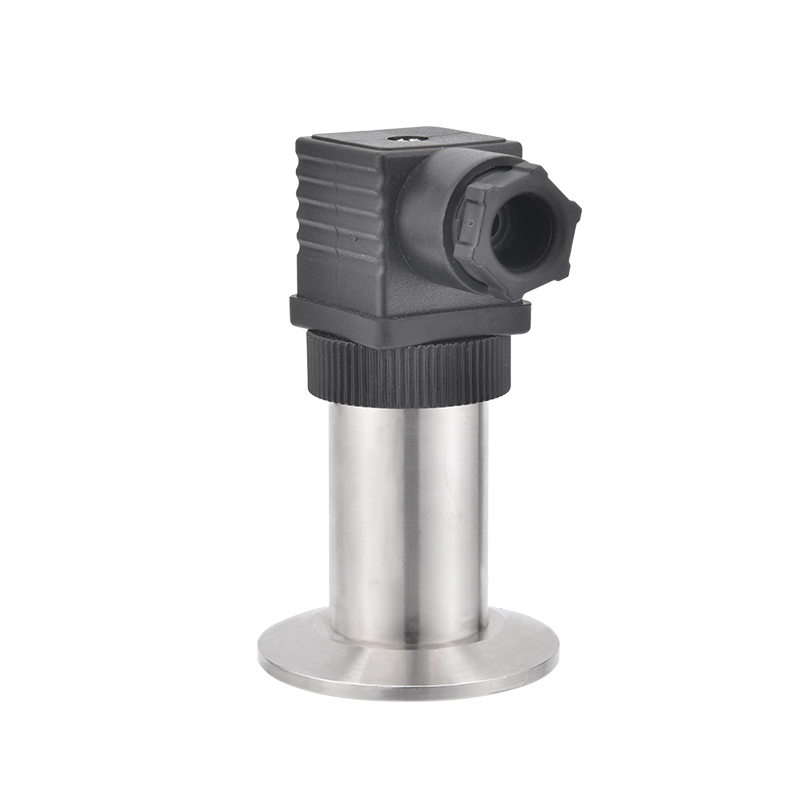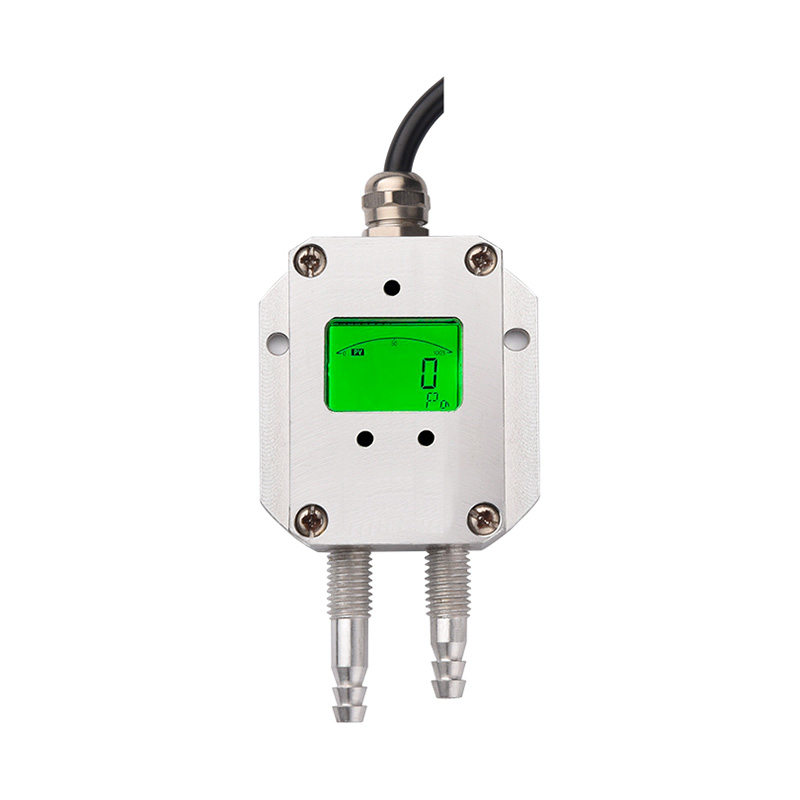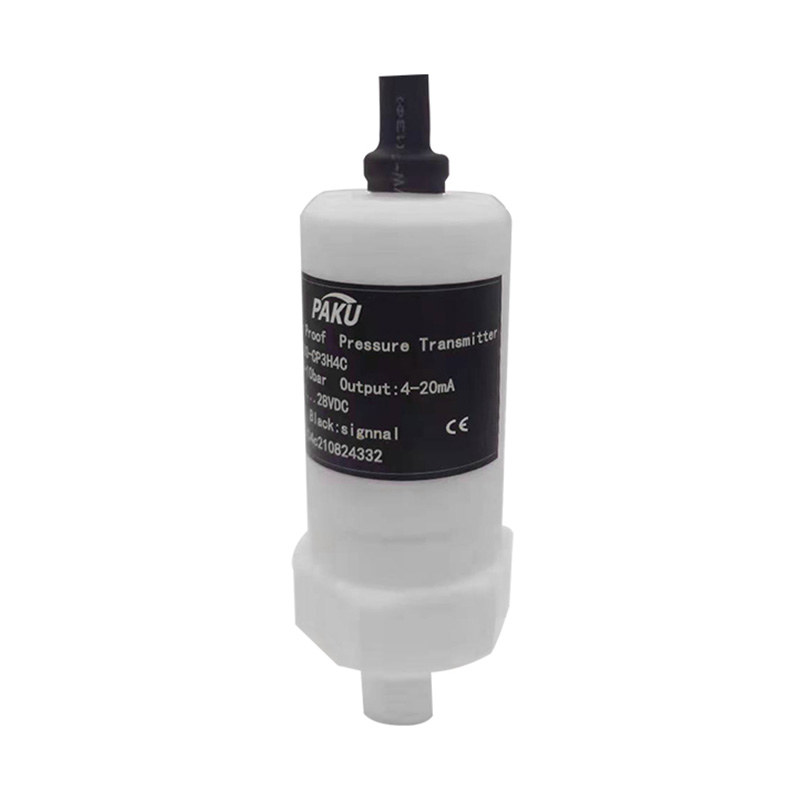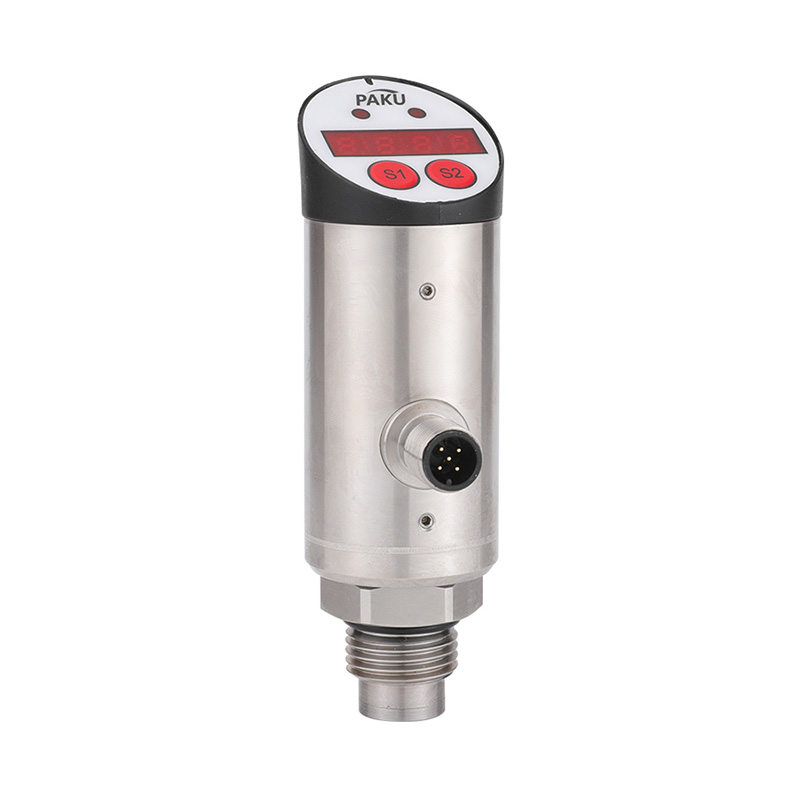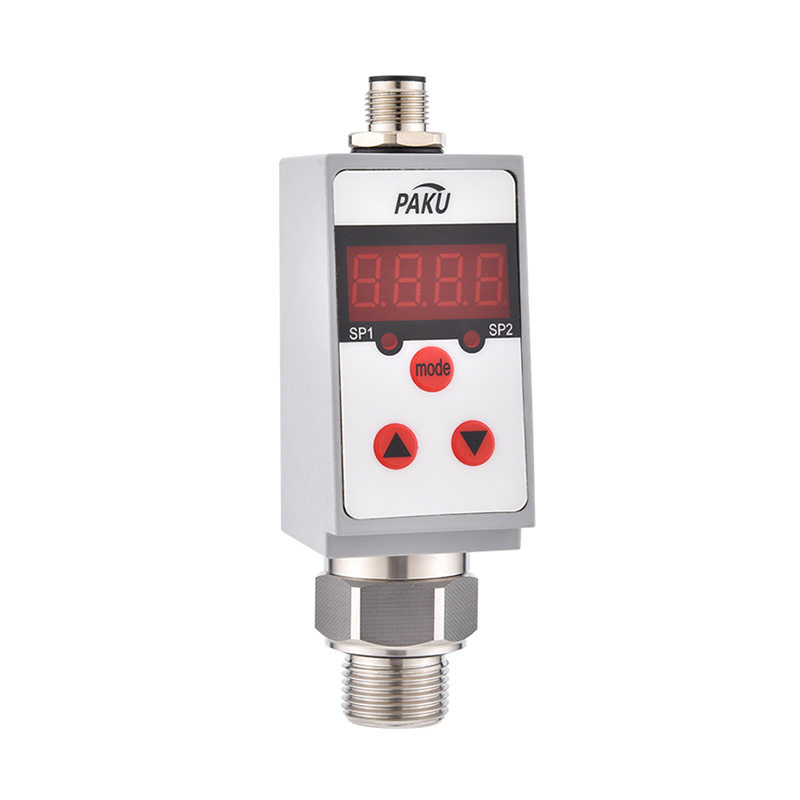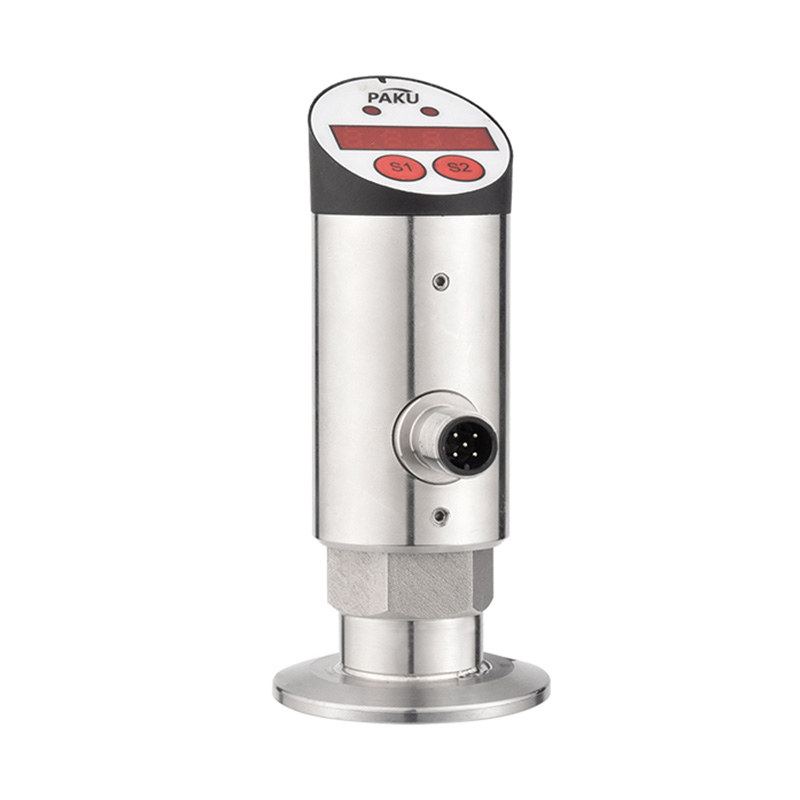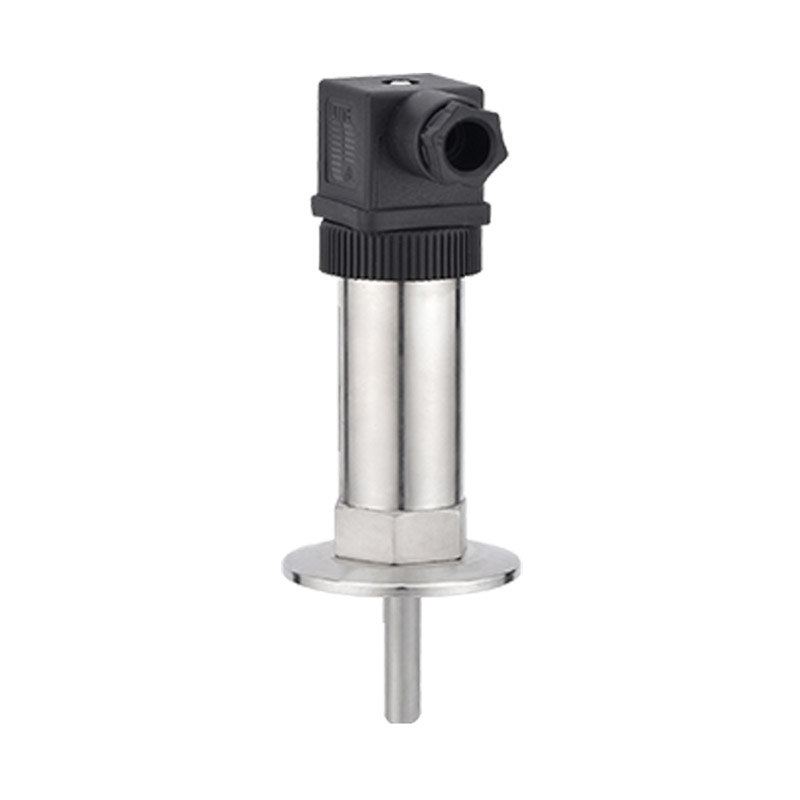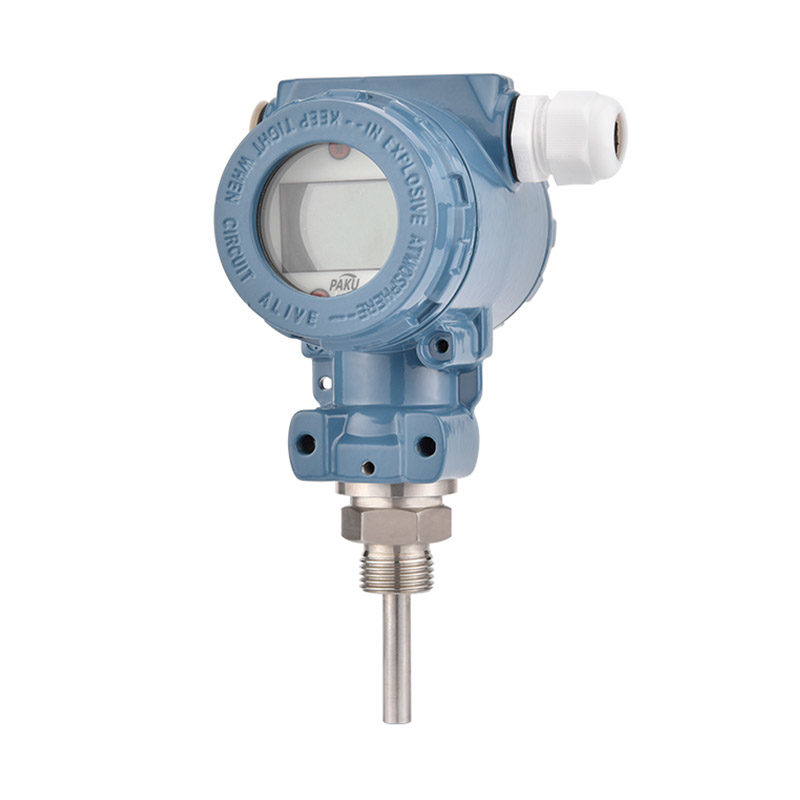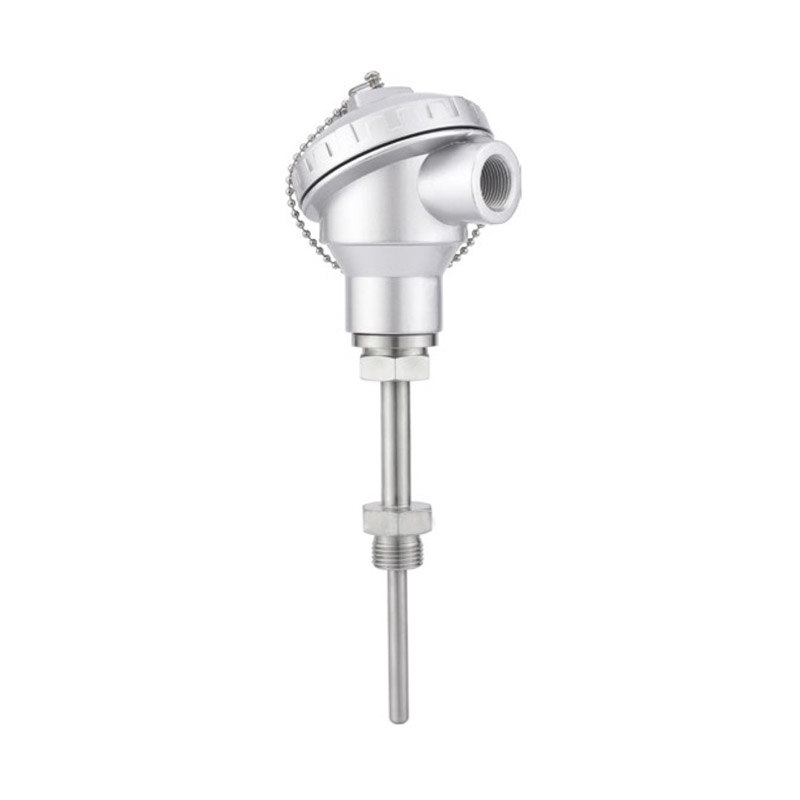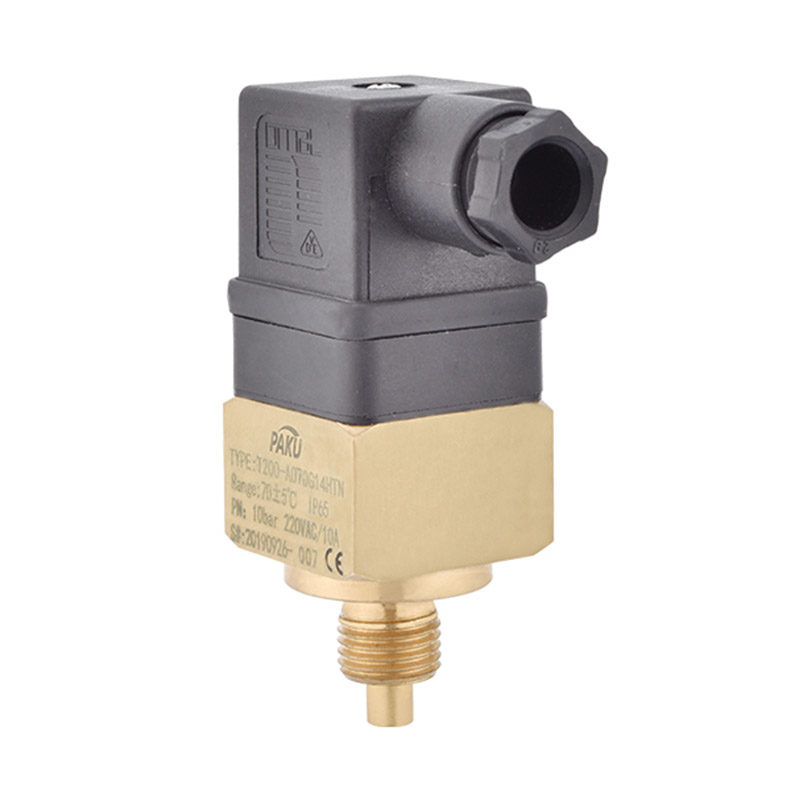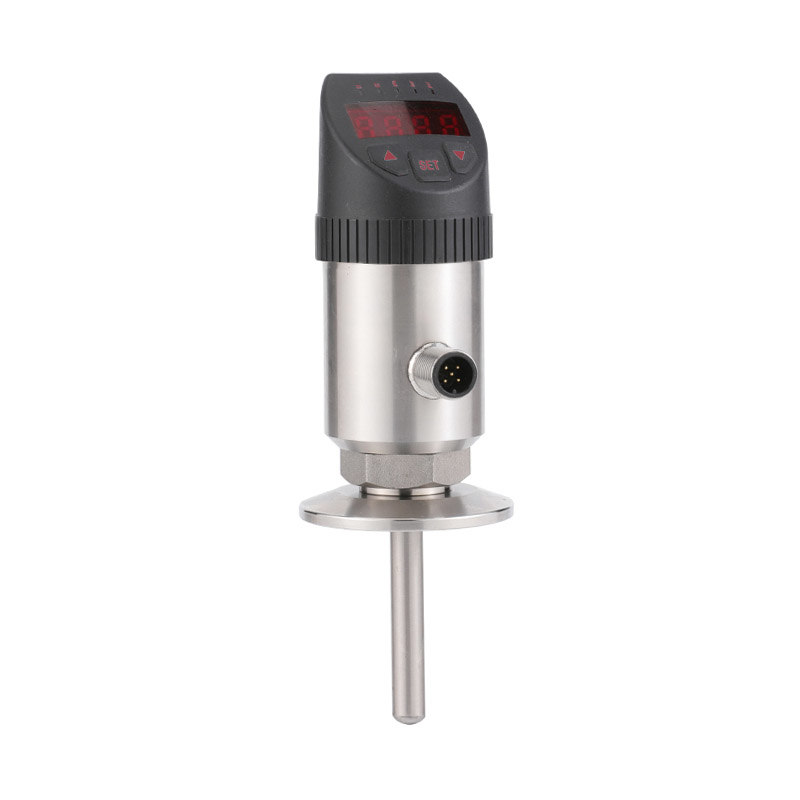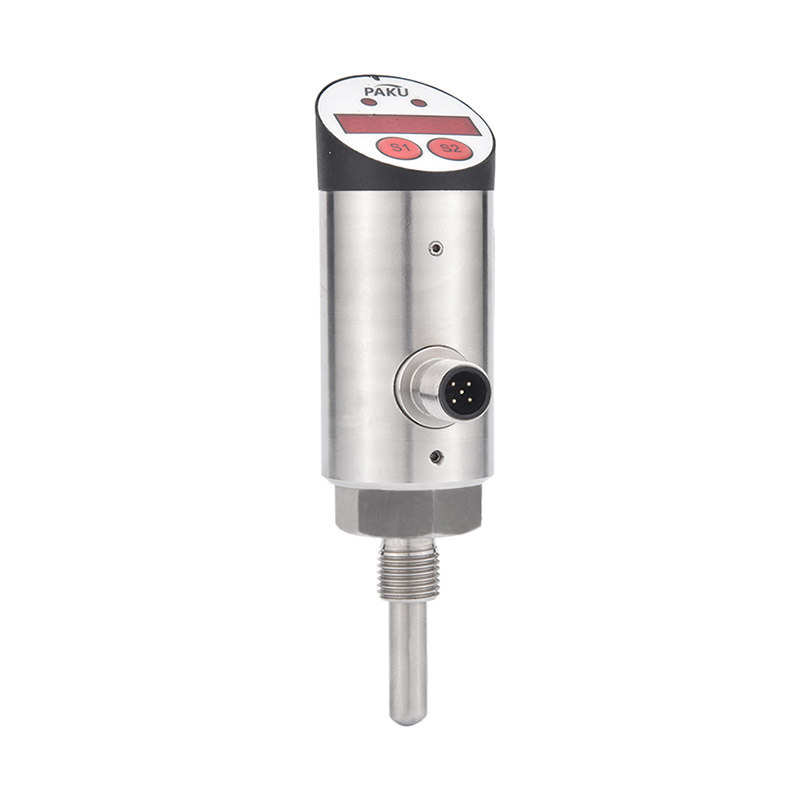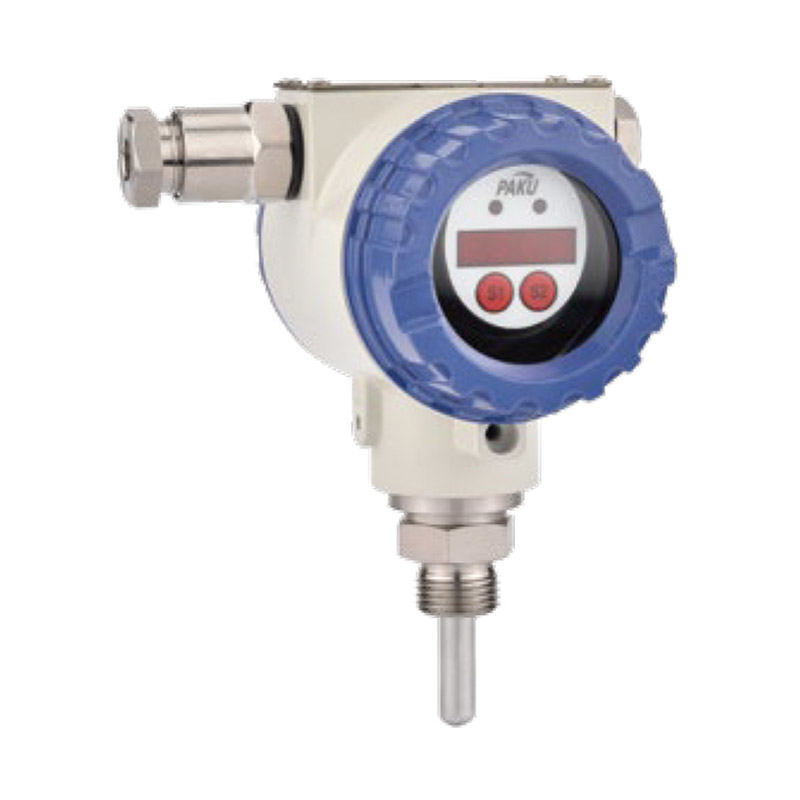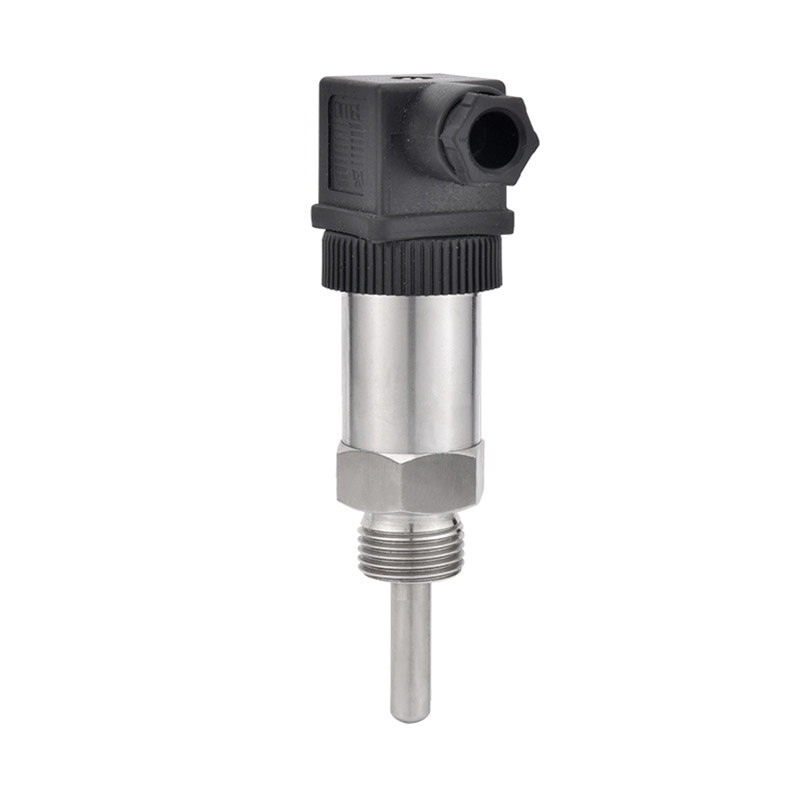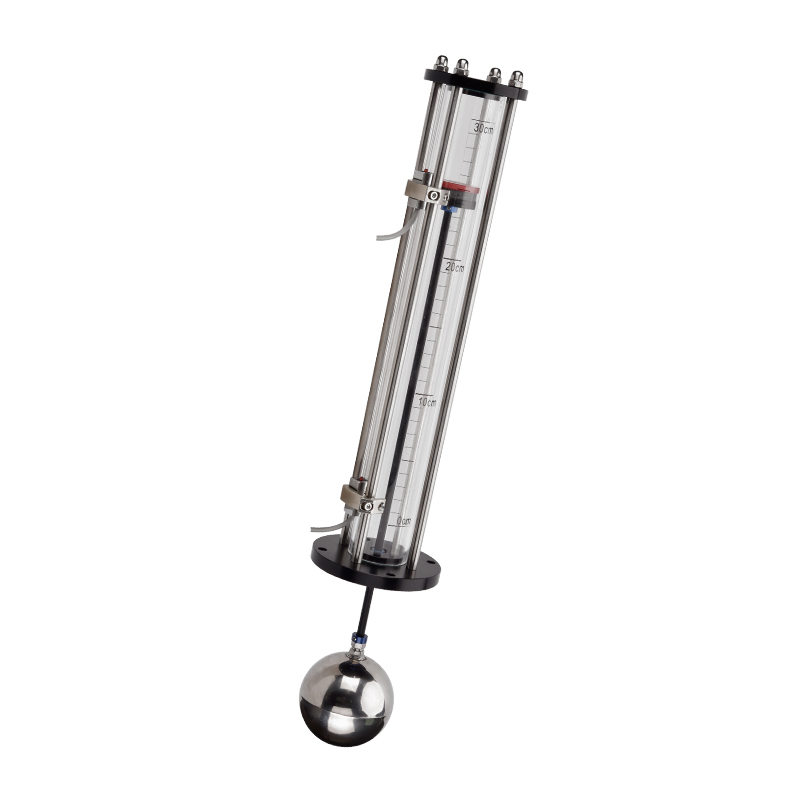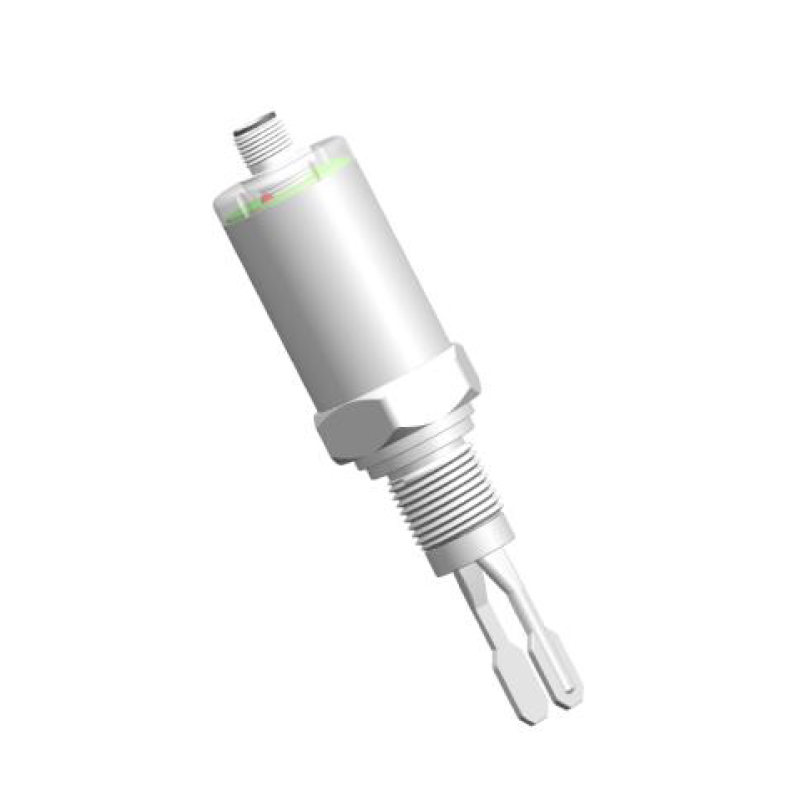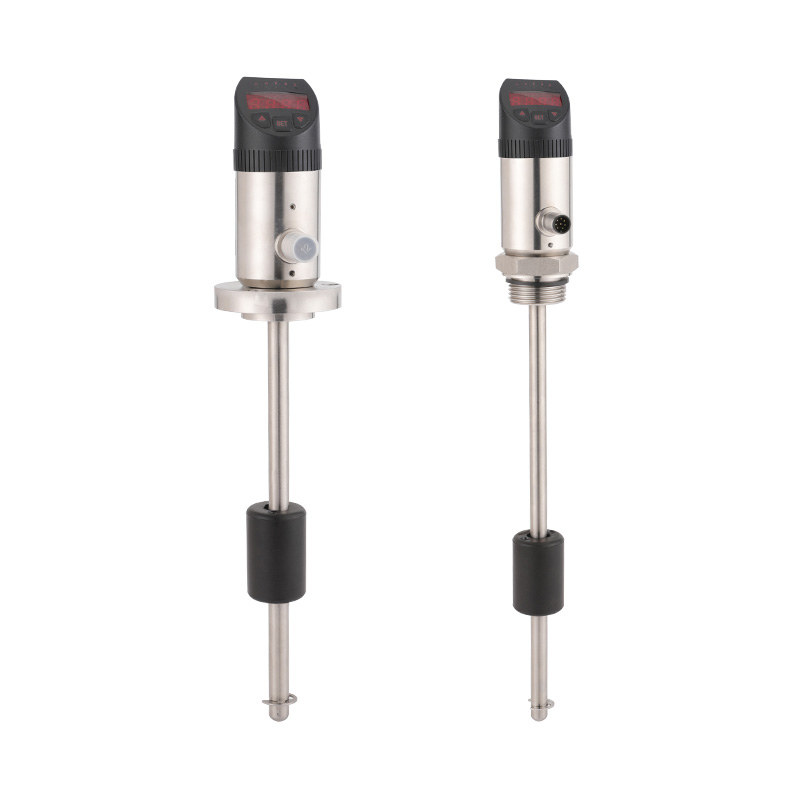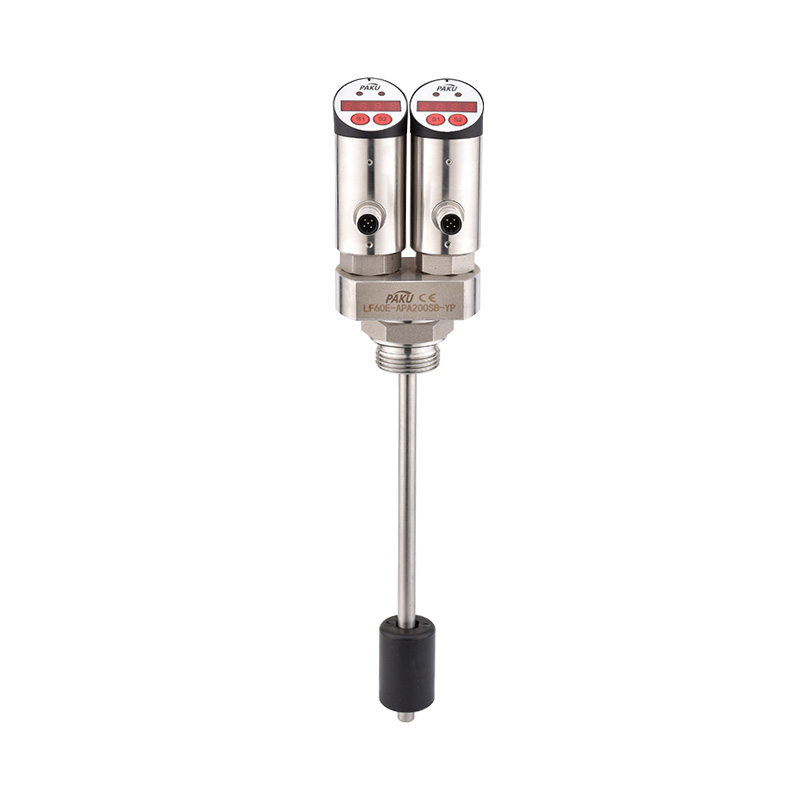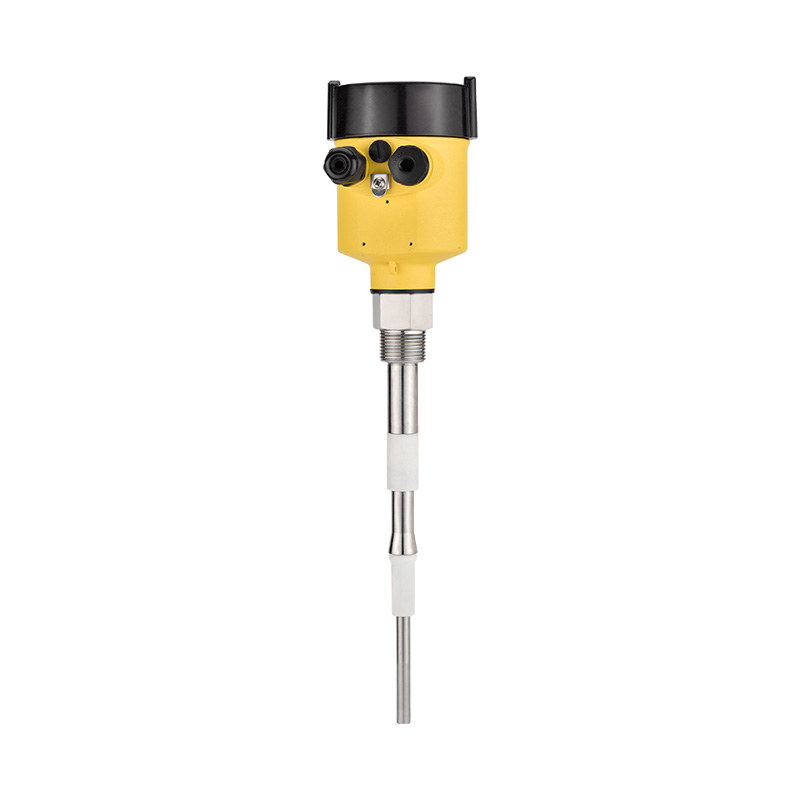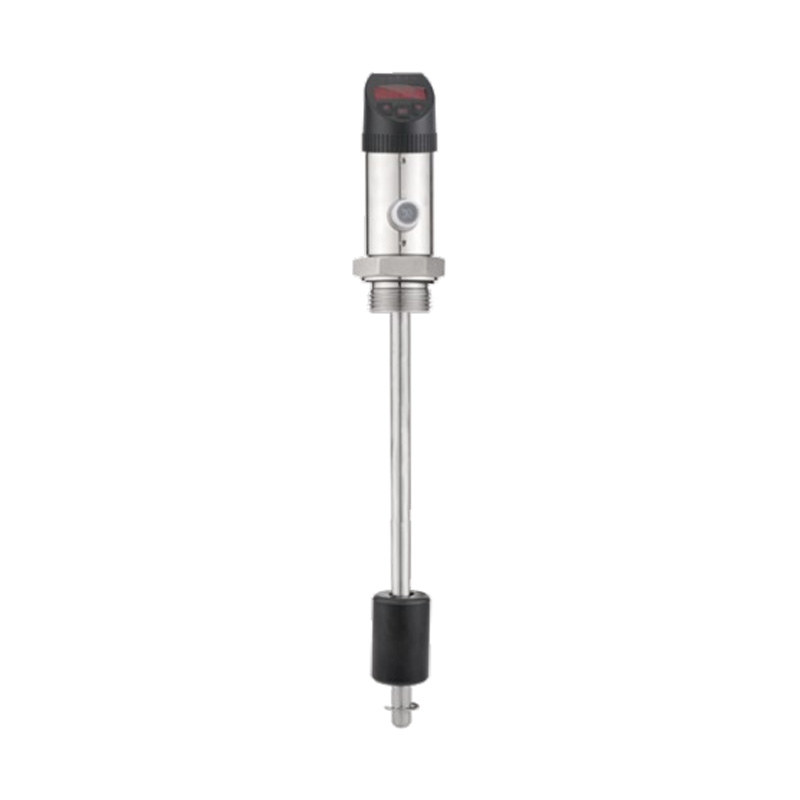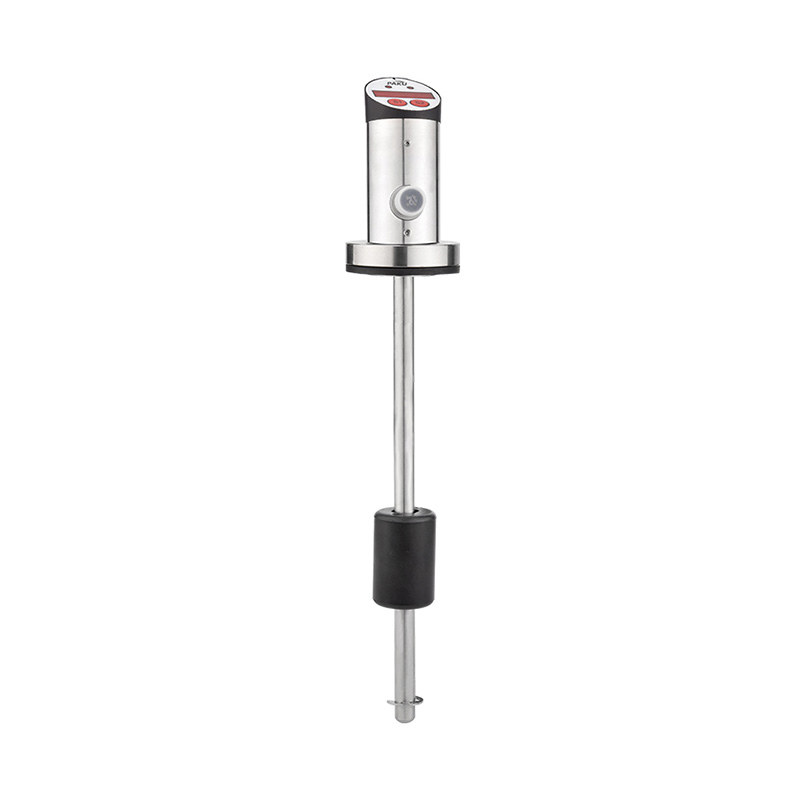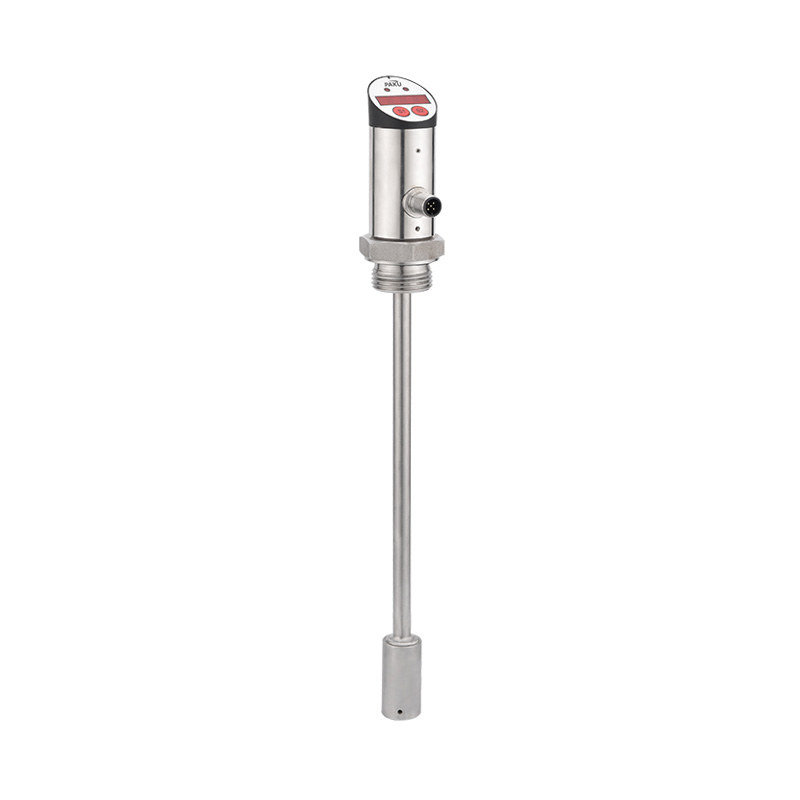If you need any help, please feel free to contact us
What are the application scenarios of Industrial Pressure Monitor Device?
Industrial pressure monitor devices play a crucial role in modern manufacturing and process industries. These devices are designed to measure, monitor, and record pressure levels in real time, helping ensure safety, efficiency, and reliability. With the growing demand for automation, predictive maintenance, and IoT integration, pressure monitoring has become even more essential. Below, we explore the key application scenarios where industrial pressure monitor devices are widely used.
1. Oil and Gas Industry
In the oil and gas sector, pressure monitoring is critical for both upstream and downstream operations. Devices are installed on pipelines, drilling rigs, and refineries to:
- Detect abnormal pressure spikes that could indicate leaks or blockages.
- Prevent equipment failures that may lead to costly downtime.
- Ensure safe transport of crude oil and natural gas under controlled pressure.
Given the hazardous nature of this industry, real-time pressure monitoring is essential to avoid accidents and environmental damage.
2. Chemical and Petrochemical Plants
Chemical manufacturing involves processes with high temperatures, volatile materials, and pressurized systems. Industrial pressure monitor devices are used to:
- Maintain stable reaction conditions.
- Monitor storage tanks and reactors for overpressure risks.
- Safeguard employees and facilities by providing early warnings of system malfunctions.
Accurate monitoring helps plants comply with safety regulations and maintain consistent product quality.
3. Water and Wastewater Management
Pressure monitor devices are widely applied in municipal and industrial water systems. Common applications include:
- Ensuring stable water supply pressure in urban distribution networks.
- Monitoring pumps, filters, and pipelines to detect leaks or blockages.
- Maintaining pressure balance in wastewater treatment plants for smooth operation.
By providing reliable data, these devices help water utilities reduce energy costs, minimize losses, and ensure service continuity.
4. Power Generation Industry
In power plants—whether thermal, nuclear, or renewable—pressure monitoring is fundamental to system stability. Devices are used to:
- Track boiler pressure in steam-based plants.
- Monitor hydraulic systems in wind turbines.
- Control cooling systems in nuclear reactors.
Consistent pressure control not only improves operational efficiency but also prevents catastrophic failures.
5. Pharmaceutical and Biotechnology Production
In pharmaceutical manufacturing, precision and safety are top priorities. Pressure monitor devices are deployed in:
- Sterile environments where cleanroom conditions must be tightly controlled.
- Bioreactors, fermenters, and filtration systems requiring stable pressure levels.
- Packaging and filling lines where consistency ensures product integrity.
Real-time monitoring ensures compliance with Good Manufacturing Practices (GMP) and regulatory standards.
6. Food and Beverage Industry
Food processing and packaging often involve pressurized systems. Pressure monitoring is applied in:
- Carbonated beverage production to control gas injection.
- Pasteurization and sterilization processes that rely on pressurized steam.
- Vacuum-sealed packaging systems to maintain freshness.
By ensuring precise pressure control, manufacturers deliver safe, high-quality food products to the market.
7. Automotive and Aerospace Manufacturing
In highly engineered industries like automotive and aerospace, pressure monitoring plays a key role in both production and testing. Devices are used for:
- Hydraulic and pneumatic systems in vehicle assembly lines.
- Fuel system testing to prevent leakage or performance issues.
- Aerospace component testing, where exact pressure conditions are mission-critical.
These applications help manufacturers guarantee safety, performance, and reliability before products reach the end user.
8. HVAC and Building Management Systems
In modern buildings, pressure monitor devices are integrated into Heating, Ventilation, and Air Conditioning (HVAC) systems to:
- Ensure proper air and water flow.
- Improve energy efficiency by avoiding system overwork.
- Detect faults early and reduce maintenance costs.
Smart buildings increasingly rely on connected pressure monitoring to enhance comfort and sustainability.
9. Mining and Heavy Industry
Mining operations involve hydraulic machinery, slurry pipelines, and ventilation systems that all depend on stable pressure control. Pressure monitor devices help:
- Detect abnormal conditions that could harm workers or equipment.
- Optimize pumping systems to reduce energy use.
- Maintain operational safety in underground environments.
Conclusion
Industrial pressure monitor devices are versatile and indispensable across multiple industries. From oil and gas pipelines to pharmaceutical labs, from municipal water networks to aerospace testing facilities, these devices ensure that operations run safely and efficiently. As industries continue to adopt IoT, automation, and predictive maintenance, the role of pressure monitoring will only grow in importance. Ultimately, these devices not only safeguard human lives and the environment but also enhance productivity and reduce operational costs.
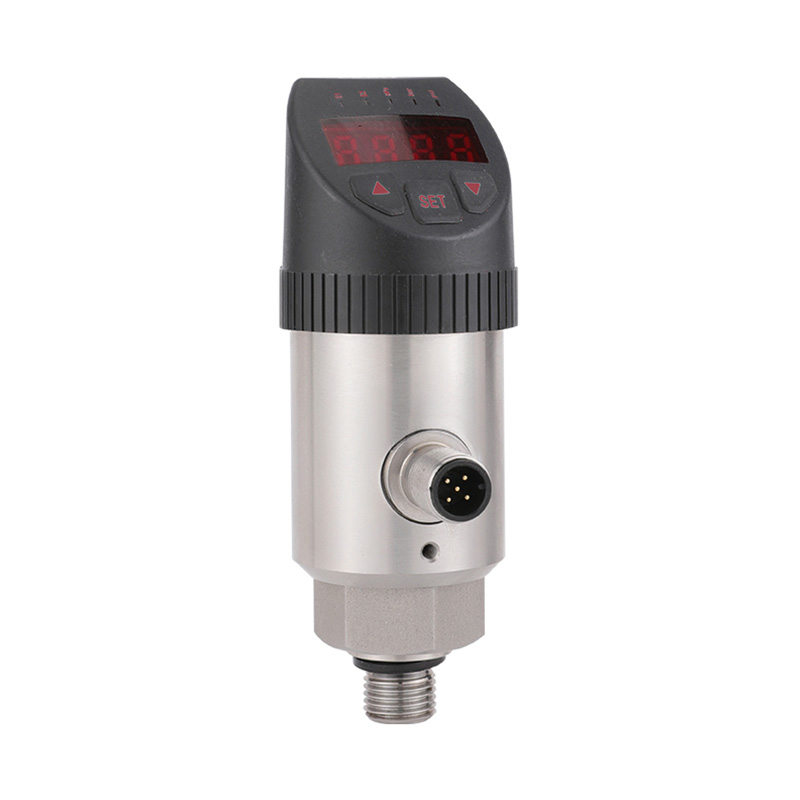

 en
en English
English Русский
Русский España
España عرب .
عرب .